Gaming phones have gotten a bad rep for being expensive pieces of overpowered hardware that barely offer any tangible upgrades in gaming performance compared to ‘normal’ flagships. However, there’s another aspect to selling smartphones that almost every company — except Apple — is engaged in.
Say hello to the humble game mode. Or game booster. Or competitive mode. The name differs, but the promised objective is the same: to give you a bit of extra grunt, topped off with some UI tricks to improve the gaming experience. It’s a fine pitch on paper, but do these gaming modes actually come with any real-world benefits?
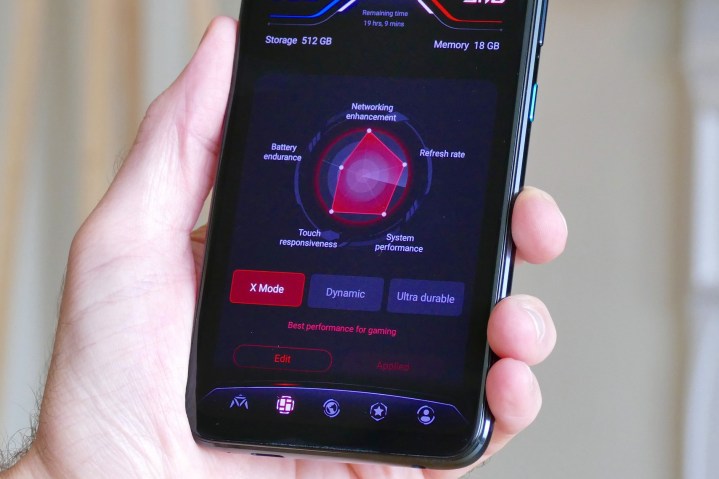
To test the efficacy of gaming modes, we played a few popular games on the Samsung Galaxy S22 Ultra and the Xiaomi 12 Pro, both of which rely on Qualcomm’s top-of-the-line Snapdragon 8 Gen 1 chip and come with their own game booster tricks. We also tried gaming modes offered on the Asus ROG Phone 5S and OnePlus Nord N20 5G. No matter the processor or which company’s gaming mode we used, the results were always the same. Gaming modes just aren’t that useful.
Putting gaming modes to the test
First, let’s look at gaming modes on the S22 Ultra and Xiaomi 12 Pro. I picked metrics like peak CPU and GPU load, peak FPS count, rise in CPU temperature, and net battery degradation after an average gaming session of around 30 minutes. Pushing all the graphics and performance presets to the max, I played each game with and without the game optimization settings enabled, with a cool-off period of about 40-45 minutes between each session.
Additionally, I made sure that there were no background apps, screen brightness and resolution were set to max, and the refresh rate was set to the adaptive mode for dynamically reaching up to 120Hz. At the end of my testing, I came away surprised in a disappointing way. Just take a look at the table below to draw your own conclusion:
| Title / Game Mode Status | Peak CPU Load | Peak GPU Load | Sustained FPS Peak |
| PUBG New State (Game Mode ON) |
62 | 100 | 60 |
| PUBG New State (Game Mode OFF) |
61 | 100 | 60 |
| Shadow Fight 2 (Game Mode ON) |
40 | 50 | 60 |
| Shadow Fight 2 (Game Mode OFF) |
38 | 45 | 60 |
| Asphalt 9: Legends (Game Mode ON) |
35 | 90 | 60 |
| Asphalt 9: Legends (Game Mode OFF) |
41 | 94 | 60 |
| Call of Duty: Mobile (Game Mode: ON) |
53 | 66 | 60 |
| Call of Duty: Mobile (Game Mode: OFF) |
51 | 65 | 60 |
| Modern Combat 5 (Game Mode: ON) |
45 | 47 | 60 |
| Modern Combat 5 (Game Mode: OFF) |
45 | 42 | 60 |
| Need For Speed: No Limits (Game Mode: ON) |
32 | 46 | 60 |
| Need For Speed: No Limits (Game Mode: OFF) |
35 | 44 | 60 |
As is evident, a dedicated gaming mode hardly creates a difference when it comes to meaningful metrics like raw GPU and CPU usage. After all, that’s what companies promise – offering an extra dash of power. While the numbers are somewhat disheartening, the real kicker is how a 2% boost in CPU or GPU usage impacts the real gaming experience.
That’s to say it doesn’t at all. Even in the rare scenarios where a dedicated game booster app or system tool upped the CPU or GPU load, there was no discernible difference when it comes to the actual gameplay experience.
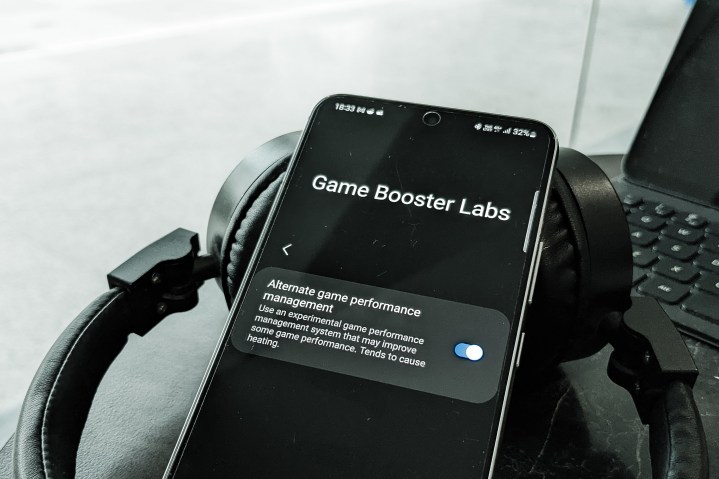
Just to make sure that my eyes weren’t deceiving me, I let three ardent PUBG Mobile players test the mettle of pre-loaded game optimization tools on the Galaxy S22 Ultra and the Xiaomi 12 Pro. Just like I found in my testing, they couldn’t notice any difference either. The CPU and GPU may technically be working harder, but that doesn’t actually translate to drastically improved gameplay.
Impacts on temperature and battery life
I also monitored how these tricks affected battery consumption patterns and their thermals. Again, there was no discernible difference. For example, the average rise in CPU temperature after a 30-minute session of playing a graphics-intensive game — both with and without game mode — stood at 5-6 degrees on the Celcius scale in a room cooled at 24 degrees Celcius.
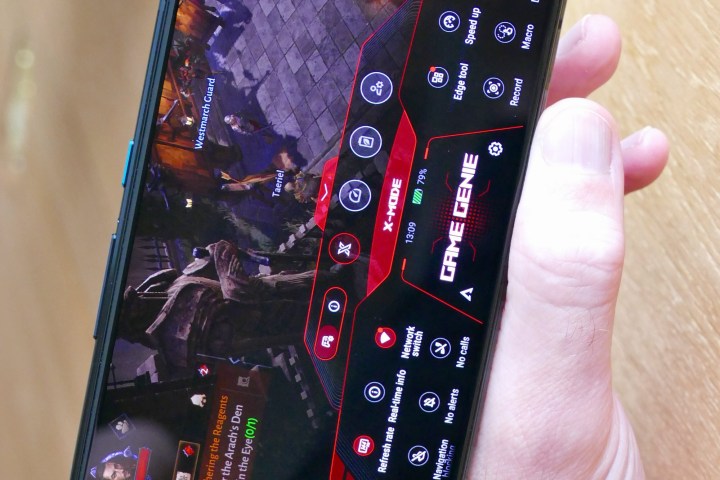
As for the battery consumption, there was a difference of about 3-4%. However, that can also be attributed to the fact that these game modes kill all background activity — preventing other apps from draining the battery, burdening the silicon, or gobbling up network bandwidth.
The above results were logged after I launched a game without any bells and whistles on the Galaxy S22 Ultra to take the initial readings. This was followed by enabling the dedicated Game Plugin that is available from Samsung’s Galaxy Store, enabling Priority Mode, and then launching the title from the Game Launcher app.
What’s the point?
Unlike PC games, which often overwhelm players with a truckload of settings to fine-tune the gaming experience, mobile games are relatively simple. Save for a few outliers like Genshin Impact on mobile, a majority of the most popular and graphically demanding games keep things limited to a few performance adjustment tools.
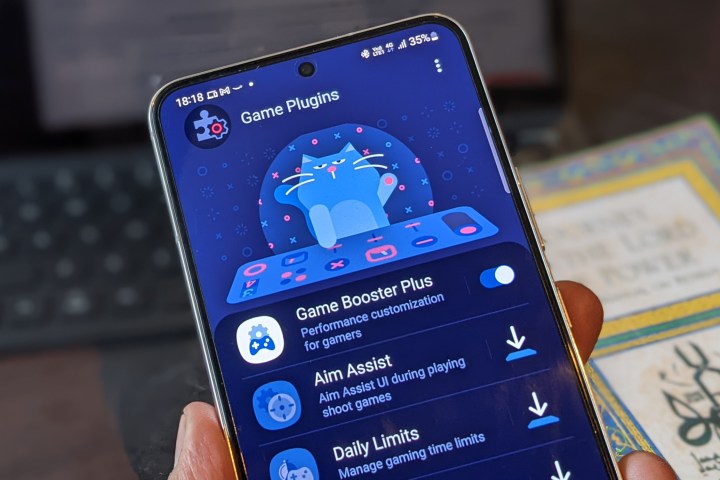
There are many reasons for that. Mobile games are still more of a casual experience, and burdening players with a ton of complicated presets is simply not the best strategy. It’s less about available silicon firepower and pushing it to its limits, and more about firing up a game and having a good time.
Take uber-popular games like PUBG Mobile and Call of Duty: Mobile, both of which really push a phone’s hardware, but offer only a few quality adjustment toggles to get the desired gaming experience based on the available hardware.
If you have a flagship phone in your hands, it already offers more than enough brute force to crush any game you throw at it with ease. No game booster wizardry is needed to jump from the High to Ultra graphics settings.

I have over 20 games installed on my Galaxy S22 Ultra, ranging from titles as light as Candy Crush to kill some time on the bus to demanding games such as Dead Trigger 2 to let off some steam shooting zombies during work breaks. However, I rarely make a point to enable the game mode for playing these games.
In a reasonable world, I shouldn’t have to, especially on a flagship phone. After all, the whole point of shelling $1000+ on a flagship phone is to make sure that you don’t have to fiddle with something like a game booster to enjoy a game at 60fps with the best quality graphics on an OLED screen. Everything is supposed to ‘just work,’ and it often does.
Testing the outlier scenarios
If you have a non-flagship phone in your pocket, expectations are already low, especially for high-end games. However, the game modes don’t make a difference in this scenario either. We tested how effective the game mode can prove to be on a budget phone like the OnePlus Nord N20 5G, switching between the Pro Gamer and Balanced presets.
While playing PUBG Mobile at HD graphics preset, there was roughly a 2-3% spike in peak CPU and GPU usage with Pro Gamer mode, but the FPS count remained locked at 30fps. Similar was the story playing Asphalt 9 at High-Quality settings, with Pro Gamer mode only upping the peak GPU usage by 4-5%. However, that small surge in CPU or GPU usage didn’t produce any noticeable improvement in the gaming experience.
I also tried some outlier games like Genshin Impact (with its greedy system requirements) and a few others that can reach 120fps. On the Asus ROG Phone 5S with the Qualcomm Snapdragon 888+ inside, switching between the standard and X-Mode for gaming only produced a 2% surge in GPU usage, a 5% spike in CPU load, while the average FPS count only varied by 2-3 frames per second. Again, there was no discernible difference in the actual gameplay experience for either scenario.
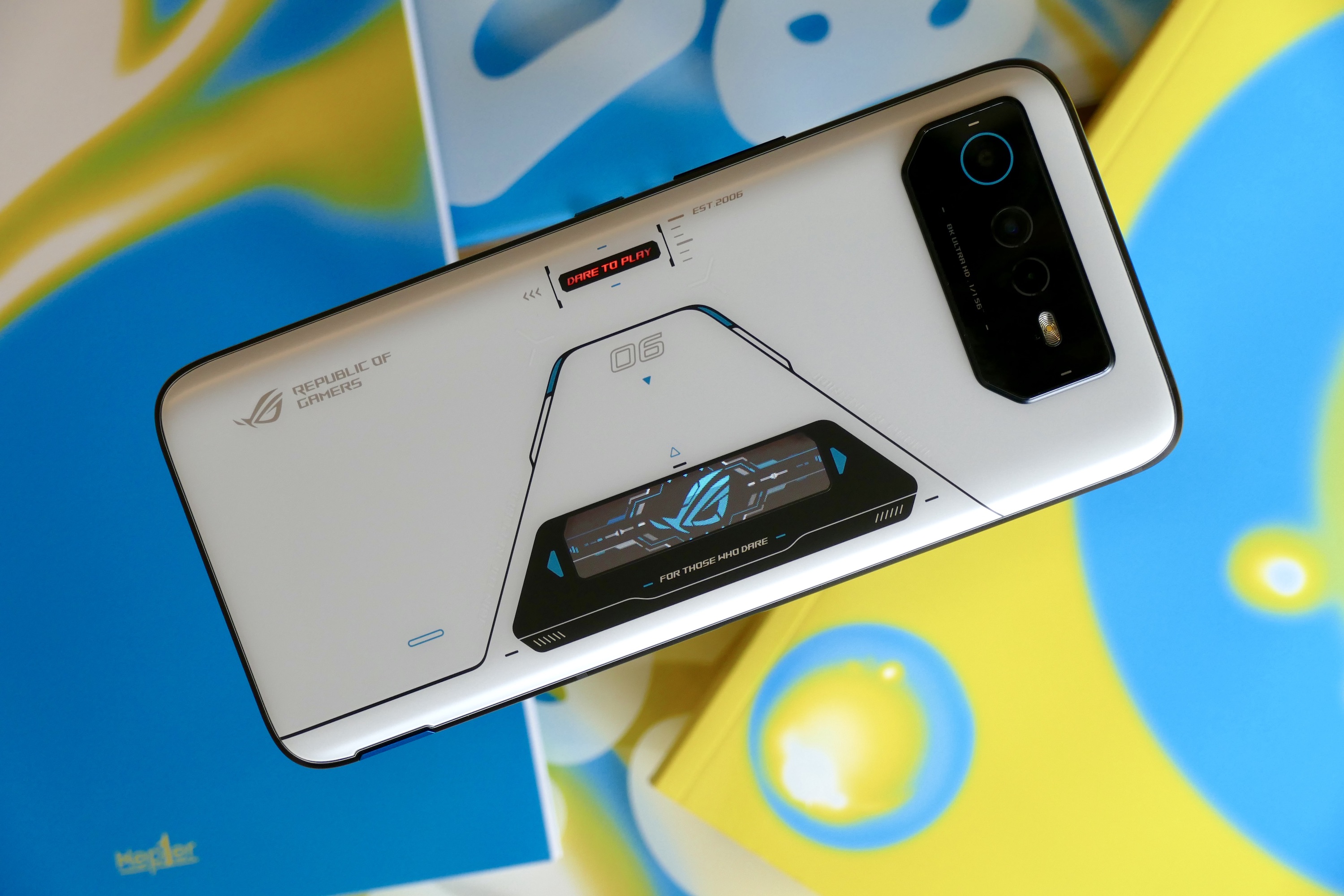
Upping the ante and switching to arguably the most powerful smartphone on the planet — the Asus ROG Phone 6 — the status quo remains unchanged. After playing two games on the ROG Phone 6 with its Snapdragon 8+ Gen 1 chipset, Digital Trends’ Andy Boxall said he “couldn’t see any obvious differences” between the phone’s X Mode and Dynamic Mode.
The silver lining of gaming modes
Game modes might not deliver a tangible improvement when it comes to the raw gaming experience, but they help improve things in other ways. For example, the floating game launcher panel on Samsung phones lets you take screenshots, record on-screen activity, quickly adjust brightness, and disable items such as Bixby and the Edge Panel while playing games.
There’s also an option to disable edge screen navigation gestures, and Discord integration is on the table, too. Turning on the priority mode blocks calls and other notifications to offer a distraction-free experience. The customizable slide-out panel lets you access your most frequent apps in a pop-up view, which is neat.
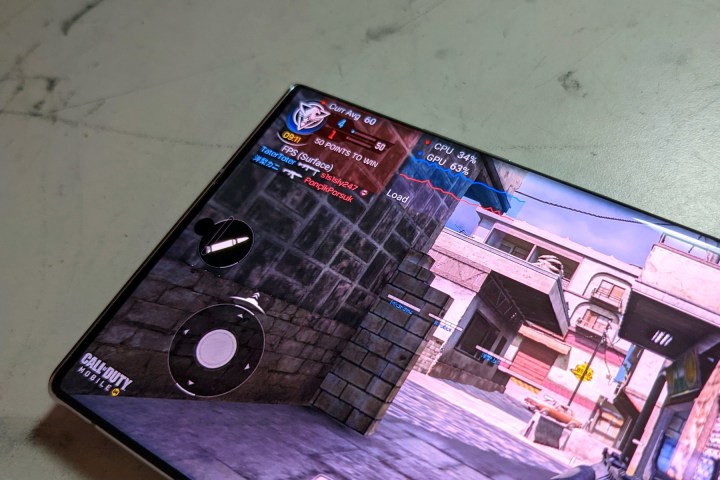
Every smartphone maker that offers a gaming mode or dedicated launcher experience offers some of the conveniences mentioned above. And they do help to a certain extent, especially if you want your battle royale experience to be interruption-free and want a one-click tool for recording screen activity or accessing priority apps.
Android phones, especially flagships, don’t need to sing hymns of game modes to send home a point. They can already ace every mobile game. Having tools that add shortcuts or minimize annoying notifications are neat, but expecting major performance gains from a gaming mode is a hopeless wish these days.


